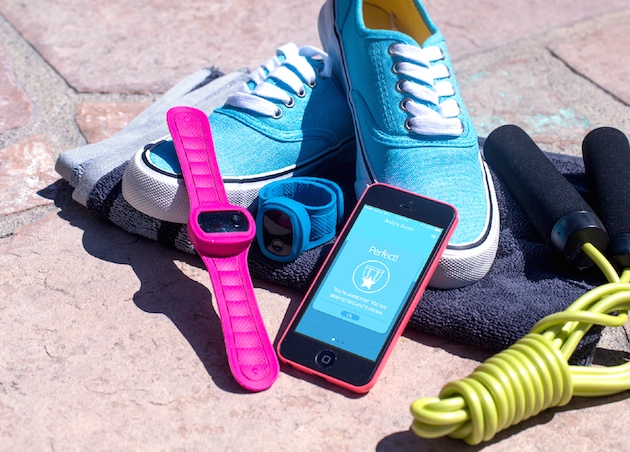With the increasing popularity of wearable devices in wellness, one might be wondering what these devices can actually tell us about our fitness. Before we can answer this question, we need to understand what ‘fitness’ really is. The word fitness means different things to different people.
To an exercise scientist, fitness reflects the ability of the various systems of the body to meet demands. Strength represents the ability of our muscles to do work, and flexibility represents the ability of our joints to move. Most often when people talk about fitness they are referring to the ability of the cardio-respiratory systems (heart and lungs) to meet the demands of exercise. There are straight-forward methods for measuring strength and flexibility; we measure how much can you can lift, and assess the range of motion at a joint. Measuring cardio-respiratory fitness is a bit more complex.
The fitness of the cardio-respiratory systems represents the combined ability of your heart and lungs to deliver oxygen to the working muscles. The ‘gold standard’ for measurement of cardio-respiratory fitness is called a VO2max test. This type of test can tell you the maximum amount of oxygen your body can take in and use. It represents the efficiency of your heart and lungs, or your ‘aerobic fitness’.
The higher your VO2max, the more oxygen you can take in and use, and the greater your capacity to meet the demands of aerobic exercise, which include non-sprinting activities like walking, running, cycling, rowing and yoga. Knowing your VO2max is extremely useful because it allows you to compare yourself to others in terms of overall aerobic fitness. It also provides you with a fitness benchmark that you can track over time with training. Results of VO2max tests allow for personalized prescription of training programs, or targeted exercise rehabilitation.
You say: Fantastic! Sounds like a very useful test! Sign me up!
I say: There’s a reason few people have heard of a VO2max test, let alone had one.
They are time consuming. They require a lot of advanced equipment, and a qualified professional to administer the test. You need to go to a lab to have the test. They are also expensive, often costing over $250 for one test. VO2max tests are also not very fun. You are hooked up to a mouthpiece, connected to a computer and asked to run (or bike) faster and faster until you can no longer run (or bike) any more. The test may end with your lunch in a nearby bucket.
You say: Maybe don’t sign me up. Is there a way to estimate this holy grail of fitness tests?
I say: Yes, there is!
This estimation can be done in a number of ways. We can do it using something called a sub-maximal exercise test. This test does not require you to give an all out exhaustive effort, however, you still need to go into a lab to do the test. There are also ways to estimate your VO2max based on simple values like your age, height, weight, and physical activity level. But as mentioned, the best way to estimate VO2 is using heart rate.
You say: Hey, I can measure heart rate with my wearable device!
I say: Yes you can!
And at Vivametrica, we’ve recently figured out a way to use heart rate values from wearables to give you an accurate estimate of your VO2max. We can give you an estimate based simply on your resting heart rate. If you want a more accurate estimate, we’ll make use of your heart rate during exercise – any kind of exercise! You don’t need to go to a lab and run your heart out on a treadmill. The best part is that these methods are scientifically and clinically sound, meaning we can use them to provide you with personalized exercise programs, designed around your goals.
So, in a nutshell, the answer is: Yes, your wearable can tell you how fit you are.
Using this information, we can also help you track your fitness, set goals, and develop exercise programs. We have been working hard on getting these new tools ready to use and are excited to tell you more about them in the coming weeks. For now, let’s all get out there and get our hearts pumping faster! After all, Valentine’s Day is just around the corner.







